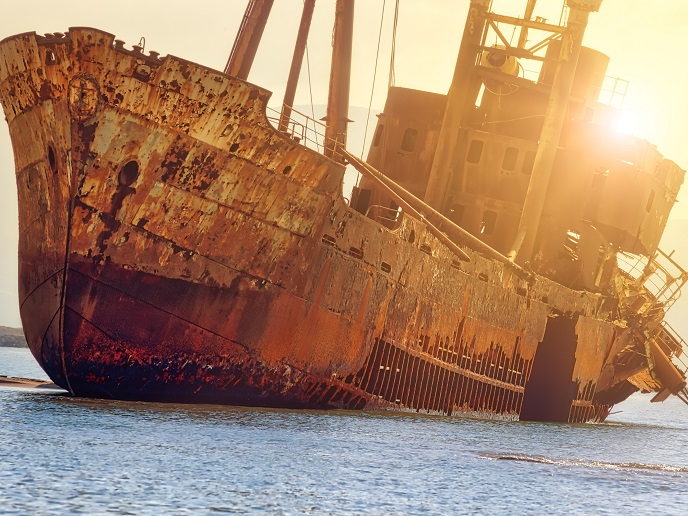Can dumping iron in the sea slow climate change?
“The answer is both yes and no, and it should not be tested again,” says Fourquez, a polar oceanographer at the Mediterranean Institute of Oceanography in France. The ‘iron hypothesis’ proposes that sprinkling huge amounts of iron into the ocean will boost growth of photosynthetic algae at the ocean surface, drawing carbon out of the atmosphere, and in doing so, lower global temperatures. The idea of using metal fillings in this way was first suggested by oceanographer John Martin in 1988, who said: “Give me a half tanker of iron, and I will give you an ice age.” Early experiments proved the iron hypothesis held water – fertilising the oceans with iron did increase algal growth. Since then, there have been over a dozen experiments in the ocean to test its impact, though these have generated controversy as the scientific consensus has solidified against the idea. “We’ve learned that dumping iron into the ocean actually helps to absorb CO2 from the atmosphere,” adds Fourquez. But she says it’s far more complicated than that. Experiments measuring how much carbon has fallen into the deep ocean from these artificial fertilisations have consistently shown that the maths simply doesn’t add up.
Natural and unnatural iron
Humans aren’t the only ones putting iron into the sea. In the Southern Ocean for example, iron comes from upwelling, as well as sea ice and surface ice melt. These nutrients are a key factor maintaining the ecosystem’s health. “A lot of sources are a lot more efficient at stimulating phytoplankton compared to iron dumped into the ocean,” Fourquez explains. In fact, much of the artificially added metallic iron simply rusts and sinks far from sunlight, where there are no phytoplankton to make use of it. Iron from natural sources, by contrast, is effectively bound to certain types of molecules that help to keep it soluble in surface waters. Yet the extent to which phytoplankton can access this type of iron is not well understood. In the EU-funded BULLE project, Fourquez and her colleagues researched the ratio of the CO2 consumed and produced in the world’s oceans, to help improve estimations of oceanic carbon capture. The team discovered that the amount of iron available greatly impacts CO2 levels in microbial respiration. In July this year, Fourquez published a new study in ‘Science Advances’ highlighting the extreme complexity of iron bioavailability to phytoplankton in seawater. This research supports the idea that the iron found in nature and that used in fertilisation projects are not at all equivalent. Attempting to engineer this natural cycle could end in failure – or worse, have a catastrophic impact on the natural ecosystem. “We can’t recreate the complexity of what nature offers at the moment,” says Fourquez. That’s why she says that while in theory it’s possible iron fertilisation could geoengineer the planet, it’s best we don’t test it any more in the ocean – not for a long time, and possibly never. Click here to find out more about Marion Fourquez’s research: How iron influences the CO2 levels in oceanic microbial respiration.



